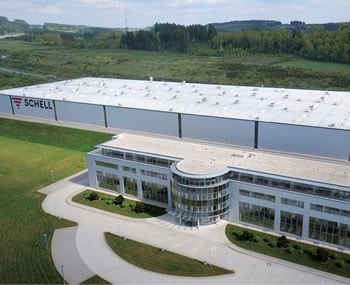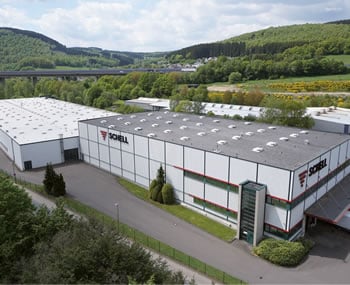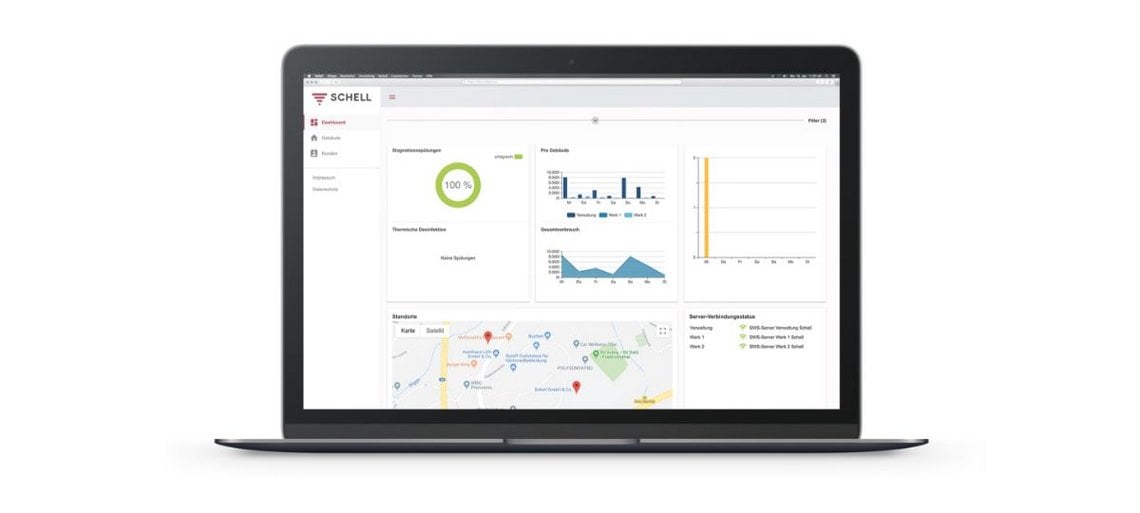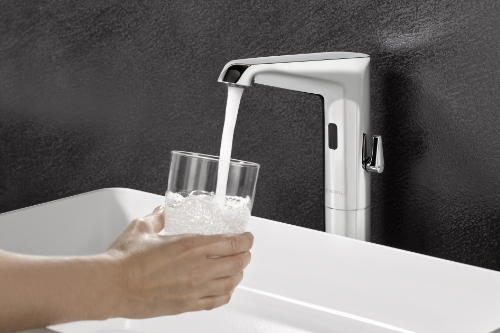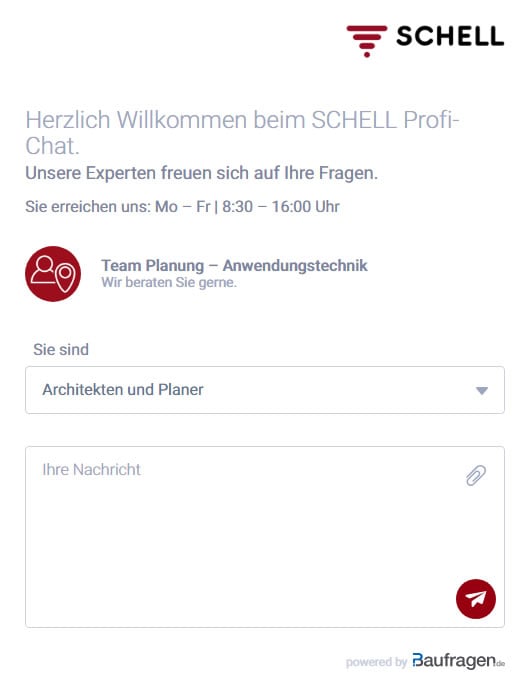Avoiding the school holiday hygiene trap: maintaining drinking water quality during business interruptions
The summer holidays are over and, slowly but surely, German schools are now coming back to life. While school pupils were able to enjoy time spent outdoors in swimming pools or on holiday, the six-week break can create a hygiene problem for drinking water installations in schools. If water is allowed to stagnate in the installation piping, dangerous bacteria like Legionella can propagate exponentially and contaminate the drinking water installation – presenting a risk to health for its users. The warm summer months in particular offer ideal conditions for the propagation of bacteria relevant for health. At the end of the holidays, time-consuming procedures must then be carried out for recommissioning. Read the following blog post to find out how this can be avoided with intelligent sanitary systems, and which options building operators and local authorities have when recommissioning drinking water installations in school buildings.
A choice of two options for building operators
With their extended holidays, drinking water installations in schools regularly experience long periods of time where levels of use are far below normal. Here, the legislation offers essentially two options for dealing with this situation.
- The building operator can simply ensure the necessary exchange of water across all tapping points at least every 72 hours, manually or electronically, and so avoid an actual service interruption.
- Alternatively, the operator can take the drinking water installation out of service for several weeks or months. Later, they can then take all of the necessary steps to protect users and their health when recommissioning the system.
Both methods have their pros and cons, and both are permissible according to the generally recognised codes of practice. We’ve prepared an article for you that offers a short and compact summary of the benefits of each approach.
Anyone deciding on the alternative, option 2, must be aware that microbiological testing may need to be completed. German drinking water legislation lists maximum microbiological values for bacteria as well as a technical action value in the case of Legionella.
Stagnation flushes instead of shutdown with electronic fittings
Anyone deciding on option 1 can use electronic fittings as a helpful and straightforward way of achieving the necessary exchange of water across all tapping points. This is an especially useful approach in larger building complexes like schools, which may often have more than 50 or even 100 tapping points – turning manual flushing operations into a task that consumes an enormous amount of time, human resources and money. During the holidays, this would involve Facility Management flushing all tapping points by hand according to a flushing plan at least every 72 hours – and simultaneously, to achieve the necessary turbulent flow. Less time-consuming and more resource-friendly solutions are available, however. With electronic fittings from SCHELL, automatic stagnation flushes can be performed easily at specified times. For example, these fittings can be programmed so that a stagnation flush takes place 24 hours after the last use. Fixed intervals every 24 hours can also be configured. This means that facility managers can also look forward to a relaxing summer break. For all key tapping points, SCHELL can offer high-quality taps and fittings, such as the CELIS E wash basin tap, the GRANDIS E kitchen tap, the LINUS shower panel or the MONTUS Flow WC module. As a practical bonus, electronic contactless fittings from SCHELL also optimise user hygiene while reducing water and energy consumption in schools.
Simple, safe and economical: SCHELL SWS Water Management System
For an even more precise and efficient approach, stagnation flushes can be performed by the SWS Water Management System as required: at specified intervals, at fixed times of the day, temperature-controlled, or with a combination of time/temperature control. Thanks to SWS, even rarely used tapping points – such as in utility rooms and washrooms or on classroom wash basins – no longer create any problems for drinking water hygiene. Another benefit: the flushes can be logged for specified normal operation and temperatures according to VDI 6023-1, which offers a practical means of record-keeping for facility managers. As SWS offers both wired and/or wireless networking options for electronic fittings, even drinking water installations in existing properties can easily be retrofitted.
SMART.SWS lightens the load for facility managers
The supplementary SMART.SWS online service offers an especially streamlined and user-friendly way to monitor SWS systems and their networked electronic fittings. This also saves facility managers trips to the physical building, as SMART.SWS provides remote access from any internet-capable device to the entire building portfolio – an especially practical feature for facility managers who are responsible for several schools. Whether working from home or sitting in the company office, they can view scheduled stagnation flushes and water temperatures for any of their buildings, and make targeted changes as and when required. Callouts for maintenance work – such as changing batteries – can also be planned efficiently and cost-effectively, saving both time and money.
Holiday time is changeover time
Thanks to its long experience, SCHELL is very familiar with the particular requirements of drinking water installations and sanitary facilities in schools and educational establishments, and offers integrated solutions that provide optimum support for maintaining drinking water hygiene and user hygiene, and ensuring sustainable operations. The perfect time to switch over to electronic fittings and a water management system: the next school holidays! This avoids any interruptions to lessons that may be caused by renovation work.

![[Translate to English:] [Translate to English:]](/fileadmin/_processed_/1/b/csm_symstemloesungen_e2_thumb_6bca267f26.jpg)
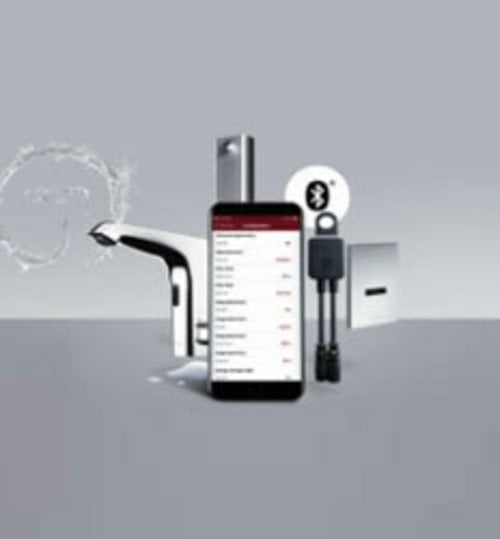
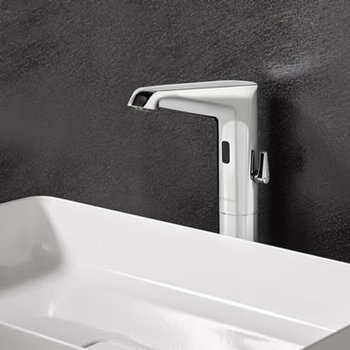
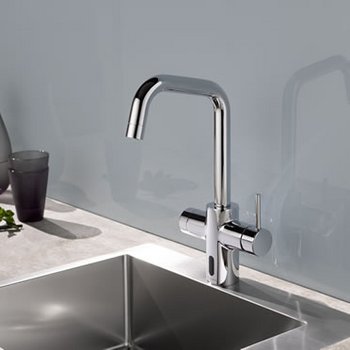
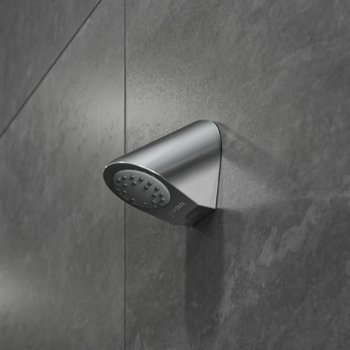
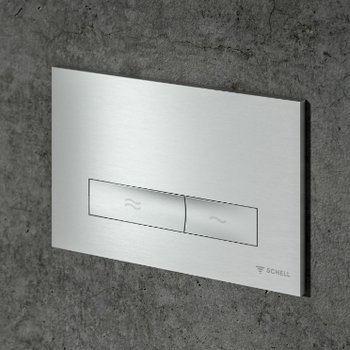
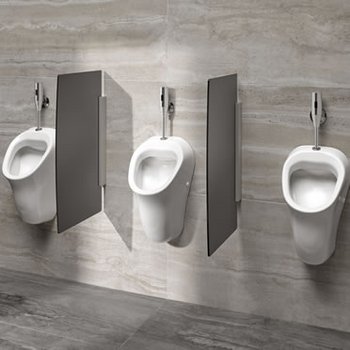
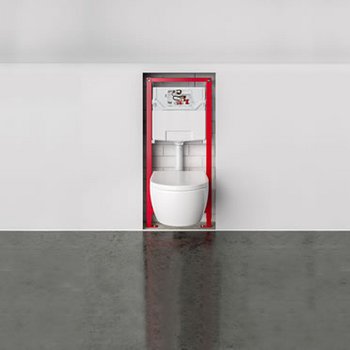
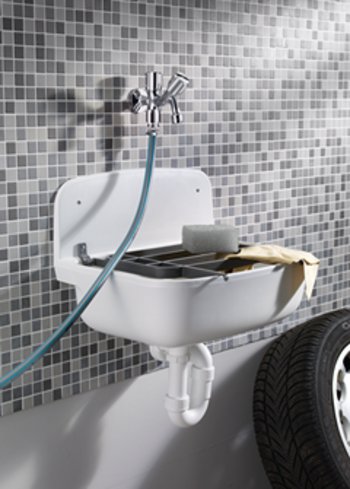
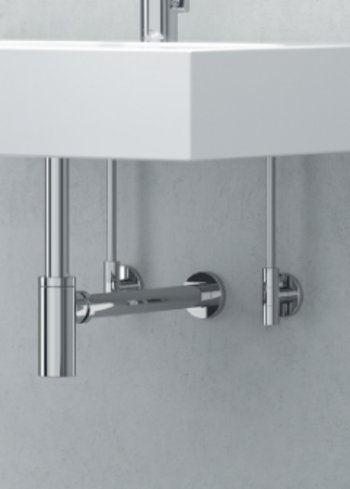
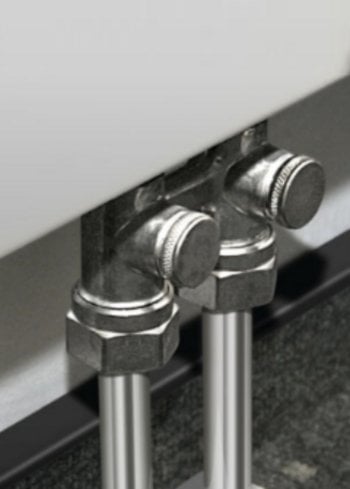
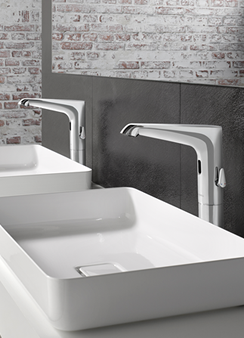
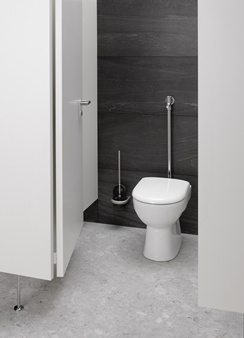
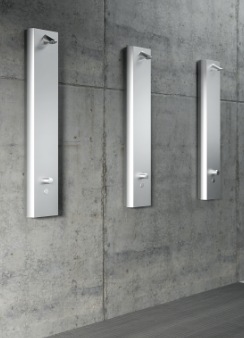

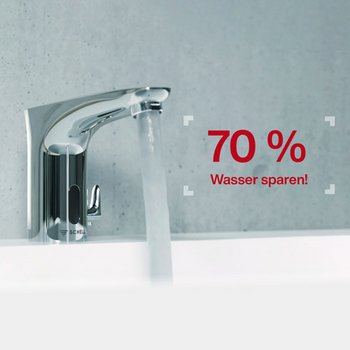
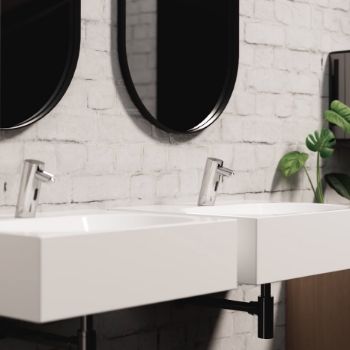

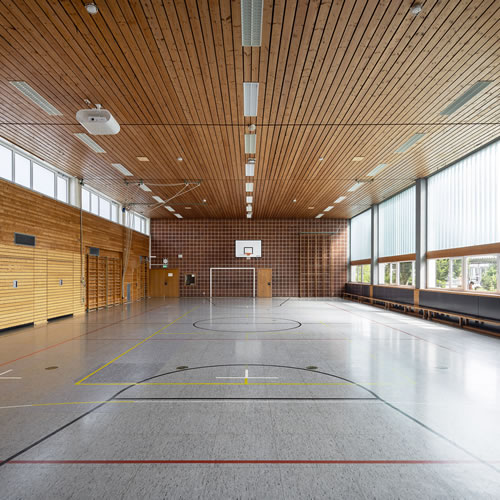
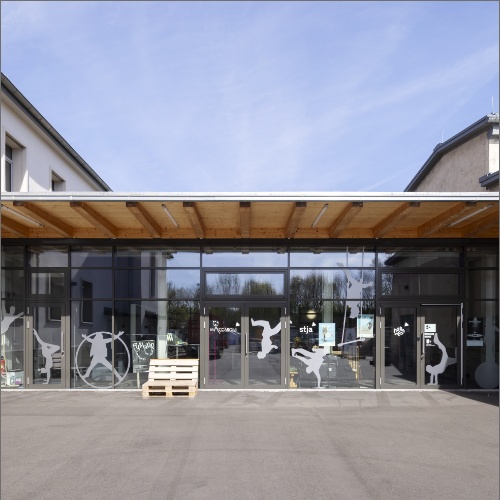
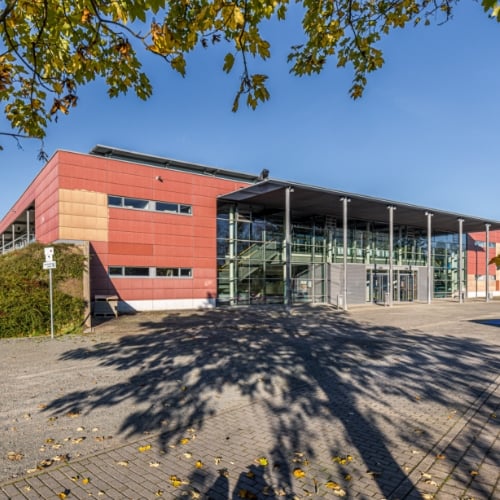



![[Translate to English:] [Translate to English:]](/fileadmin/user_upload/images/menu/menu_service_downloads_broschueren.jpg)
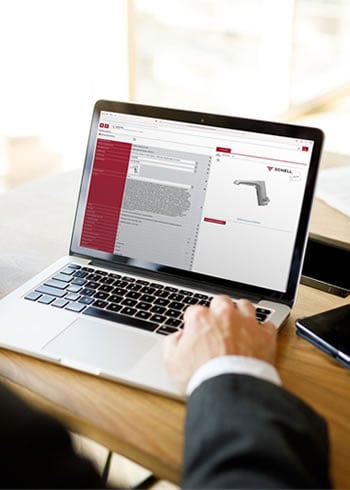
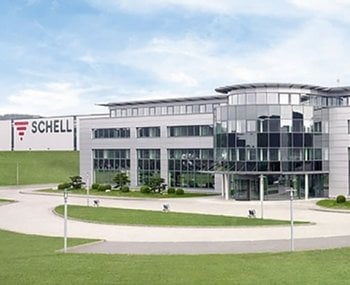


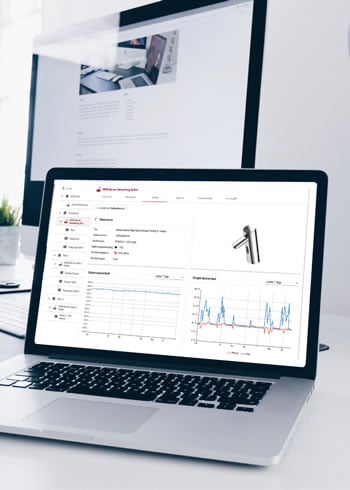

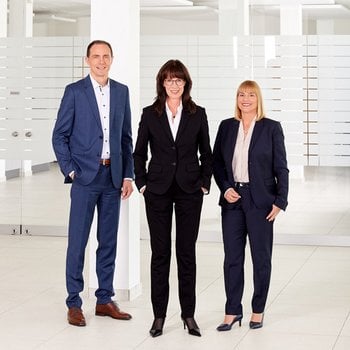
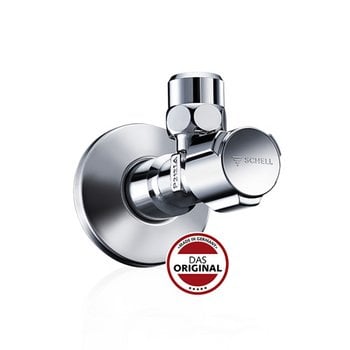
![[Translate to English:] [Translate to English:]](/fileadmin/_processed_/7/7/csm_menu_unternehmen_ueber-schell_awards_f6cec25b1d.jpg)
![[Translate to English:] [Translate to English:]](/fileadmin/_processed_/a/0/csm_menu_unternehmen_ueber-schell_wasser-sparen_41036d2dd9.jpg)


